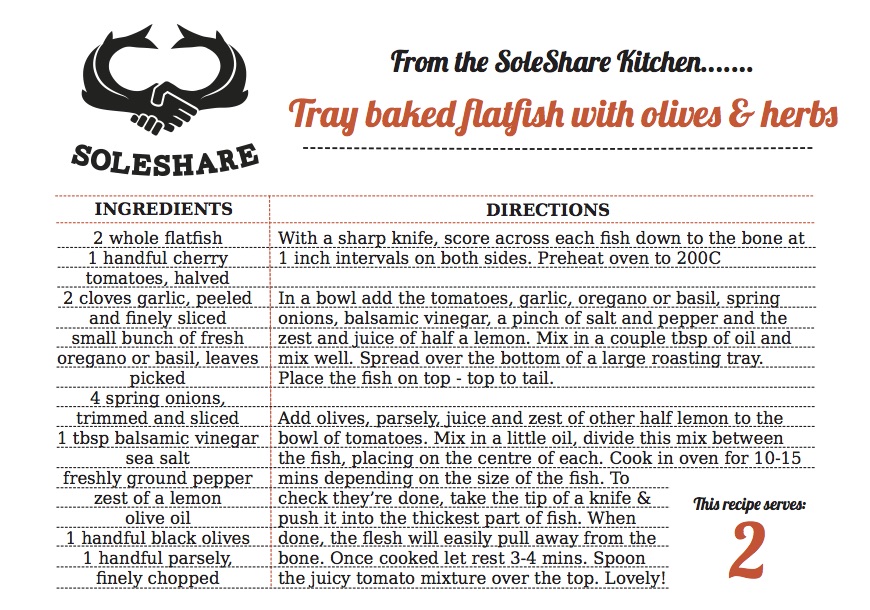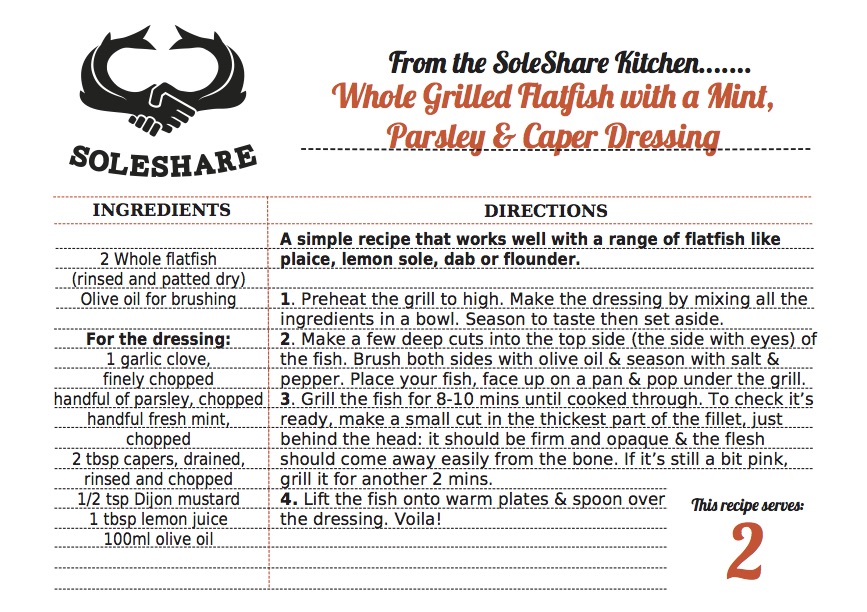
LEMON SOLE
Home | Fish & Recipes | Lemon Sole
Artwork by Lucie Galand
Microstomus kitt
Biology
Not actually a sole, or anything to do with lemons. The lemon part of its name comes from the French limande, which they use to refer to most flatfish. Our native fishmongers obviously misheard it at the market.
They have marbled skin and are probably the most slippery fish you'll come across- they're best handled with a thumb in the body cavity. Less scrupulous fish purveyors may try to pass off dabs as lemon sole. They’re similar to the untrained eye, but have rougher skin.
Fishing
Our soles are all caught using static, bottom nets. They tend to show up in the spring and stay until summer. British boats catch most of the lemon sole In Europe, it's fairly common in our sandy, gravelly waters. There's no formal management plan in place at the EU level, partly because it's quite hard to target them individually, they're part of a mixed species fishery with plaice and Dover soles. Current fishing pressure isn't too heavy and they're a good choice, as long as they're caught on static gear or a seine net.
Eating
Lemon sole has a sweet, delicate flesh. It can be overpowered by strong flavours, so keep it simple.
We almost alway cooks them whole, on the bone, just trim the fins off, rub in some oil and season. Asian steamed flatfish recipes work very well, as do good old lemon and butter.
If you do fancy filleting them, try rolling up the fillets with pancetta and baking with baby tomatoes and pine nuts.









